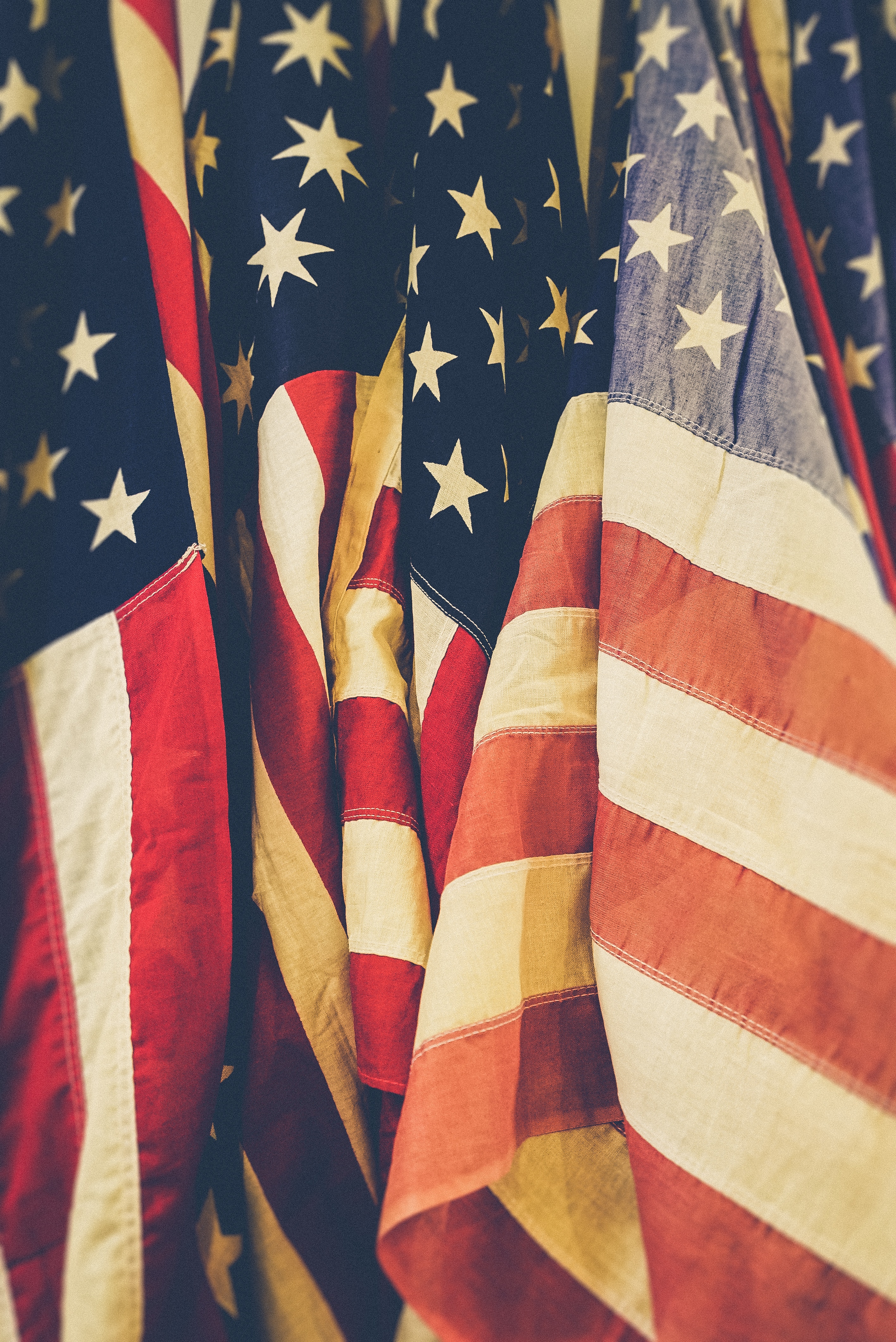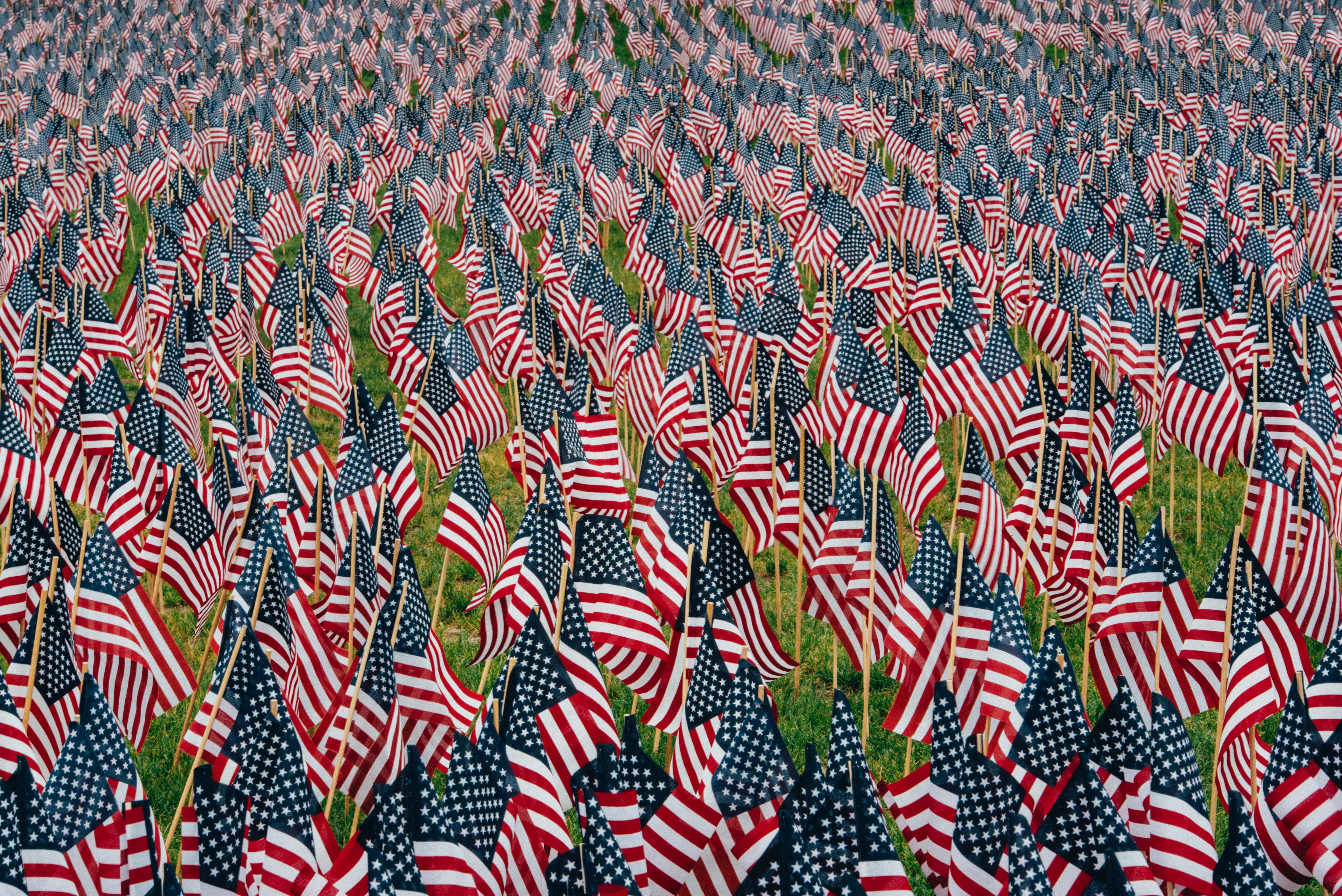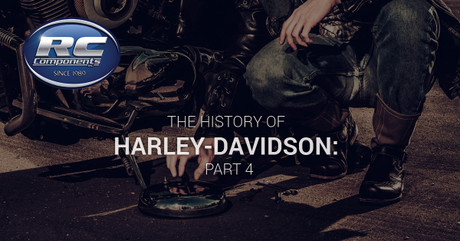The History of Harley-Davidson: Part 4
Jan 4th 2018

While you might know a lot about your Harley, do you know the history of the company? The history of Harley-Davidson is both fascinating and extensive, and every Harley enthusiast should know a bit about the brand!
In the first part in our series on the history of Harley-Davidson, we introduced you to the two men from Milwaukee that started the company. Our second installment looked at the events that established Harley-Davidson as America’s leader in motorcycle technology. Our third post explained the role of Harley-Davidson in World War I, as well as provided some surprising facts about wartime motorcycles. In this blog post, we’re going to look at role of Harley-Davidson in World War II. RC Components is proud to be your number one resource for Harley-Davidson wheels, exhaust pipes, and aftermarket modifications. Browse our inventory today and contact us with any questions you might have!
World War II

As we noted in our previous blog, Harley-Davidson motorcycles played an important role in World War I. Harley-Davidson’s contributions to the American war effort did not go unnoticed, and America’s entry into World War II would require a record-setting deployment of motorcycles. Harley-Davidson manufactured nearly 90,000 motorcycles between 1941 and 1945!
The many different landscapes of World War II required Harley-Davidson engineers to design bikes that could handle beaches, jungles, and deserts. Contrary to what you might have heard, it turns out that motorcycles in World War II were not designed primarily for combat. Harley-Davidson designed their motorcycles in World War I with the intention to allow for combat-ready sidecar attachments, but almost none of the motorcycles produced in World War II were designed to be outfitted with sidecars. Rather, Harley-Davidson motorcycles in World War II were designed to play crucial roles in patrolling, scouting, and transferring supplies between units. Harley-Davidson received the ‘E’ Award for Excellence in Wartime Production from the Army-Navy three years in a row, and this was mostly due to the introduction of the WLA motorcycle into the war.
The WLA
You’ve probably heard of Harley-Davidson’s WLA model referred to as “Hell on Wheels,” “The Liberator,” and “The Bike That Won the War.” Harley-Davidson began producing the WLA in 1940 for the United States military, and production of the WLA was greatly increased after the United States entered the war.
You might be wondering what ‘WLA’ is short for, and there’s an interesting history to the acronym. The ‘W’ refers to the family of motorcycles that the bike belongs to. Each of the bikes produced by Harley-Davidson belongs to a model family, and the W series was born from developments to the R family, which was popular from 1932 until 1936. The W family of motorcycles carried a 45-cubic-inch flathead V-twin motor and was both fast and versatile. The ‘L’ refers to high compression, which was standard in Harley-Davidson motorcycles at the time. The ‘A,’ as you might have guessed, stands for ‘Army.’
The WLA was designed specifically for the military and included some special features:

- Blackout lights
- Blackout lights use a light-diffusing lens that allows a driver to navigate while remaining concealed from the enemy.
- Fender removal
- Removing the sides of the standard fenders helped to reduce mud clogs.
- Paint
- The WLA was generally painted with the iconic olive color that was common during World War II.
- Add-ons
- The WLA was incredibly versatile and was produced to allow for windshields, ammo boxes, luggage racks, and leg protectors to be easily added to the bike.
WLA motorcycles often led troops into enemy territory, which led to Harley-Davidson motorcycles becoming iconic symbols of freedom around the world. The WLA was also used for escort work and relaying messages between units. The prevalence and success of Harley-Davidson motorcycles in the war led to many soldiers purchasing them when they came home, leading to an enormous postwar demand for Harley-Davidson motorcycles.
We hope that you’ve enjoyed this look at Harley-Davidson’s role in World War II. Stay tuned for our next post, where we’ll be moving on from Harley-Davidson during wartime and looking at the company’s journey to the present day. RC Components is proud to carry an extensive selection of Harley-Davidson parts that allow you to fully customize your bike and showcase your personality. Browse our extensive catalog online today!

